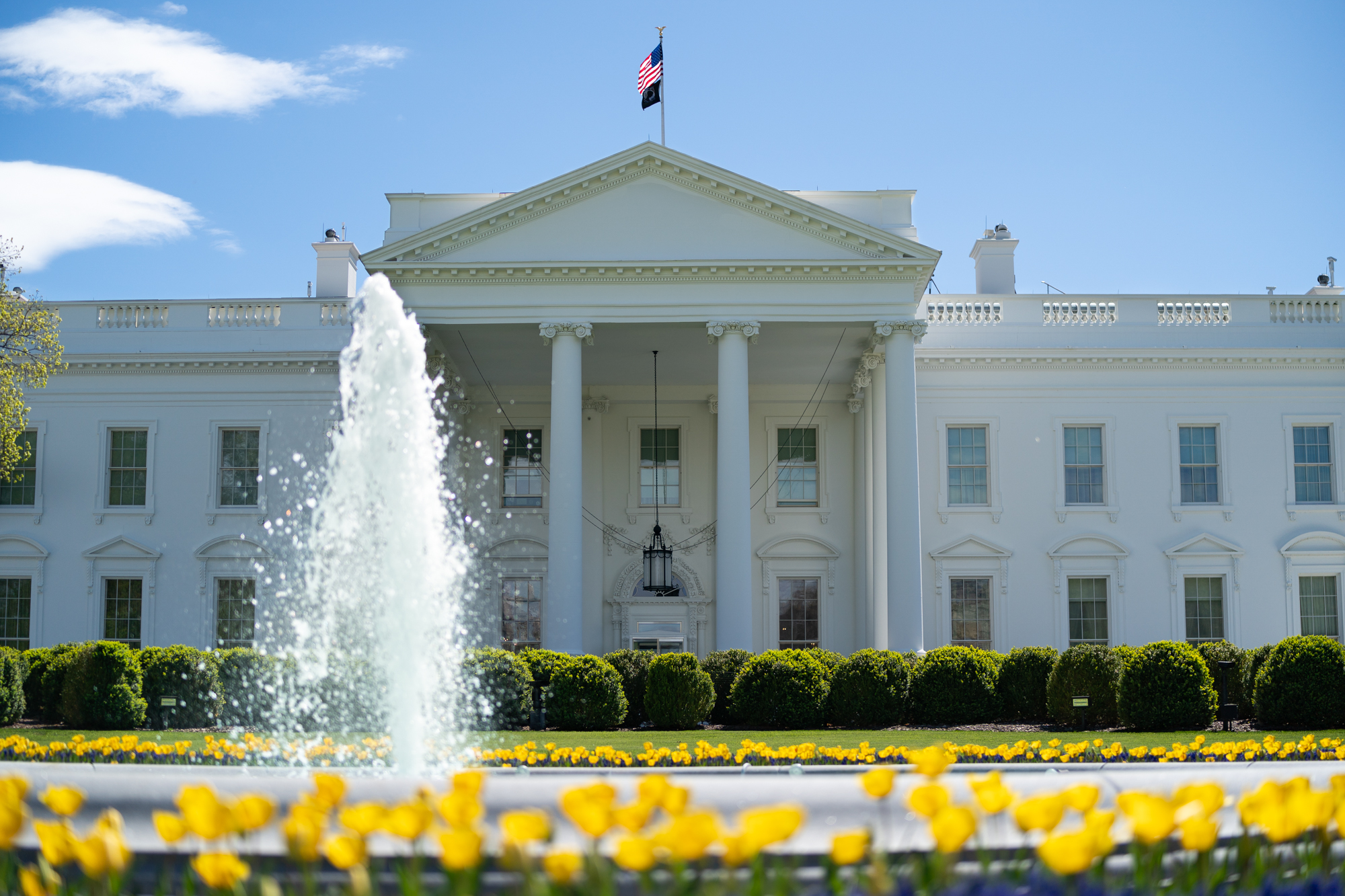All the ways Angela Rayner has dodged tax
From stamp duty to council tax, the Deputy Prime Minister has sought ways to cut her bills

The Deputy Prime Minister has many questions to answer about her complicated tax arrangements.
Senior Conservative politicians have called for Sir Laurie Magnus, the Prime Minister’s independent adviser on ministers’ interests, to launch an ethics investigation.
They accused Angela Rayner of “hypocritical tax avoidance by a minister who supports higher taxes on family homes, high-value homes and second homes”.
On Monday, Number 10 defended Ms Rayner, and said that she retained the full confidence of Prime Minister Sir Keir Starmer.
The spokesman also said that Ms Rayner was unable to speak more transparently because of a court order.
They added: “There is a court order which restricts her from providing further information, which she is urgently working to rectify in the interests of public transparency.”
Advised by a leading firm Shoosmiths, which specialises in “wealth protection”, Ms Rayner now has three residences – in Ashton, London and Hove – although she claims her constituency home as her “main home” for council tax purposes. This is despite neighbours claiming that they hadn’t seen the Deputy Prime Minister for weeks.
However, Ms Rayner is not just facing scrutiny over a potential stamp duty bill. Spokesmen for Angela Rayner have repeatedly insisted that she has followed all rules, and paid all tax due.
Here, The Telegraph breaks down the tax bills Ms Rayner has dodged.
Stamp duty
At the end of May, Ms Rayner bought an £800,000 sea-front flat in Hove. She paid an estimated £30,000 in stamp duty on the purchase.
But in January, before she purchased the new flat, Ms Rayner removed her name from the deeds of her £650,000 family home in Ashton-under-Lyne. This meant she avoided paying a second home surcharge of as much as £40,000.
If she had still been married to her ex-husband, Mark Rayner, then this would not have worked, as HM Revenue & Customs (HMRC) treats married couples as a unit for stamp duty – so whether or not her name was on the deeds, the Hove flat would have counted as a second home.
But Ms Rayner said on Friday that she is now divorced from Mr Rayner. So by giving up legal ownership and handing the family home over to her ex-husband and a trust set up for their children, she then had no ownership of another property. This meant a much lower stamp duty bill.
Sources close to Ms Rayner said that she had ceased to have a stake in the Ashton house months before buying the new Hove flat.
Despite the purchase of the new flat, Ms Rayner has insisted that she will run for re-election in her current Greater Manchester constituency of Ashton-under-Lyne.
Council tax
As Ms Rayner has three homes between which she splits her time, three council tax bills apply.
This includes an annual bill of at least £3,338.45 a year in Ashton, £4,000 in central London, and nearly £5,000 for her new seaside flat in Hove.
Ms Rayner claims her Ashton house as her main home for council tax. There is no legal requirement to own a property for it to be considered a main home for tax purposes.
Because the Hove flat is then considered a second home, the Deputy Prime Minister pays a second home council tax surcharge, meaning the total tax bill is £4,914 for the Band D property.
The Telegraph has been campaigning for the abolishment of the surcharge, which was implemented by more than 200 councils in April, after the policy was introduced by Michael Gove.
Double council tax is also levied on the grace-and-favour flat in Admiralty House in central London, in which Ms Rayner spends much of her time while working in Westminster. However, this bill, estimated to be £4,000 annually, is covered by the taxpayer because it is another primary residence.
If she listed Admiralty House as her main address for council tax, she would also have to pay double council tax on the Ashton family home. This would double her personal bill to more than £6,600 annually.
MPs are entitled to claim accommodation expenses – including council tax – in either their London home or their constituency. Since becoming an MP in 2015, Ms Rayner has always elected to claim her London-based expenses.
Inheritance tax
Putting property into a discretionary trust is a common way to avoid inheritance tax. Tax experts told The Times that it was a “remarkable coincidence” that her Ashton home was valued at exactly £650,000.
HMRC rules mean that gifts to discretionary trusts are liable for inheritance tax on the date of the transfer to a trust, at a rate of 20pc, if the amount is greater than the £325,000 threshold.
This means that having a valuation of exactly £650,000 allowed Ms Rayner and her husband to maximise the nil-rate bands for inheritance tax purposes.
Property experts told The Telegraph that her home was more likely to be worth approximately £637,000, according to current estimates. This is £13,000 less than the 2023 valuation.
Inheritance tax is levied at 40pc on anything which is left above the nil-rate threshold of £325,000, although additional relief of up to £175,000 is available for family homes.
Anything left from one spouse to another is exempt, as are gifts made more than seven years before death.
Capital gains tax
Having claimed her Ashton home as her main residence in order to reduce her council tax bill, Ms Rayner may well have avoided a capital gains tax billat the same time.
When the Deputy Prime Minister transferred her ownership of the family home to her husband, and a trust for their children, she could have become liable for capital gains tax on the disposal – even if no money changed hands.
The house was bought for £375,000 in 2016, and then valued at £650,000 in 2023, so there would be a bill to pay on the increase in value on her share of the home.
This is unless she claimed a common exemption – which is worth £31bn a year to British homeowners – known as “primary residence relief”.
There are strict rules about residency to qualify for the main home relief from a capital gains tax bill. The relief only applies when the property has been the “only or main residence throughout your period of ownership”, although allowances are made for periods of absence which are “job-related”, according to HMRC guidance.
If a taxpayer has more than one home, they can choose which is treated as a main residence for capital gains tax relief.
The allowance only applies when there is an intent to return to live in the original house. HMRC is entitled to open an enquiry into any disposal and, critically, the onus is then on the taxpayer to show that primary residence relief is due.
Ms Rayner has claimed the Ashton house as her main residence since moving in 2016, sources said.
If the transfer was part of her divorce settlement, she will have benefited from a separate relief, which applies to the court orders. Otherwise, Ms Rayner and her ex-partner will have had three years from the April after they separated – believed to have been in 2020 – to make transfers without attracting a capital gains tax bill.
If Ms Rayner had instead handed over her share of the house to the trust, she may also benefit from rules which allow capital gains tax bills to be deferred. This would mean a tax bill for the beneficiaries of the trust – believed to be her children – when they sell assets later.
[Source: Daily Telegraph]




















/file/attachments/orphans/1000146612_845134.jpg)

































